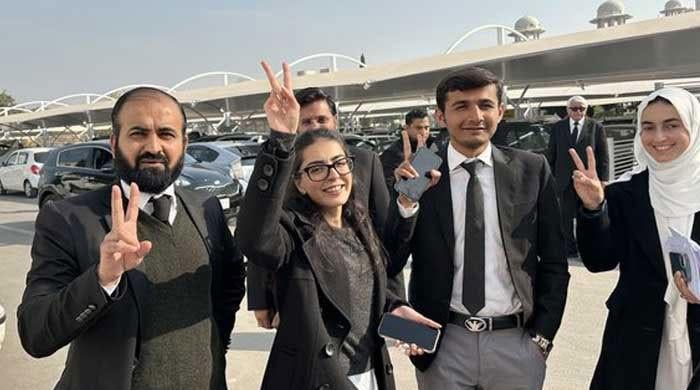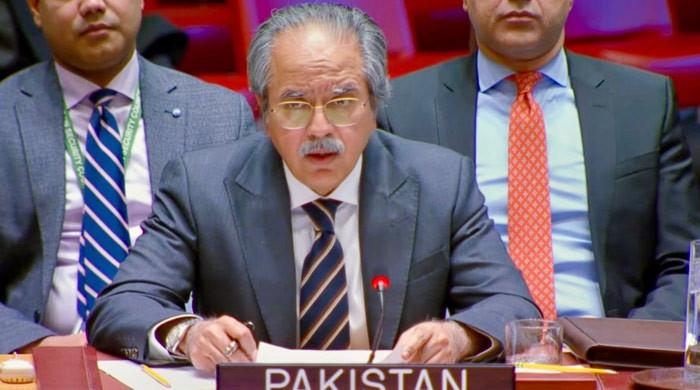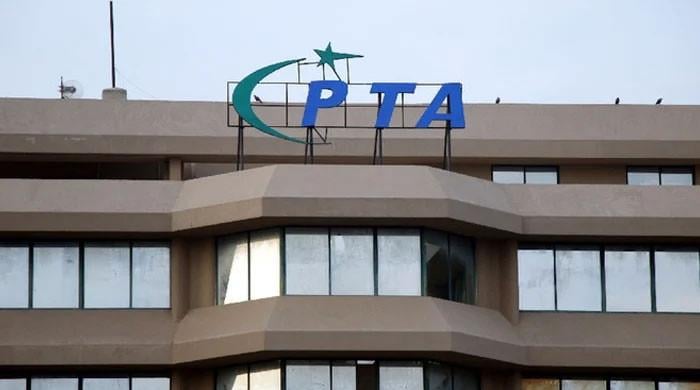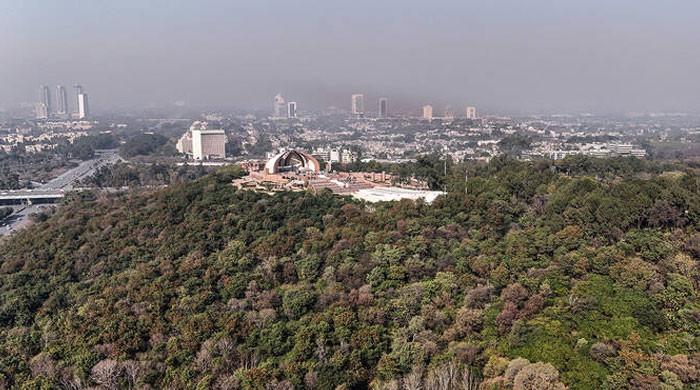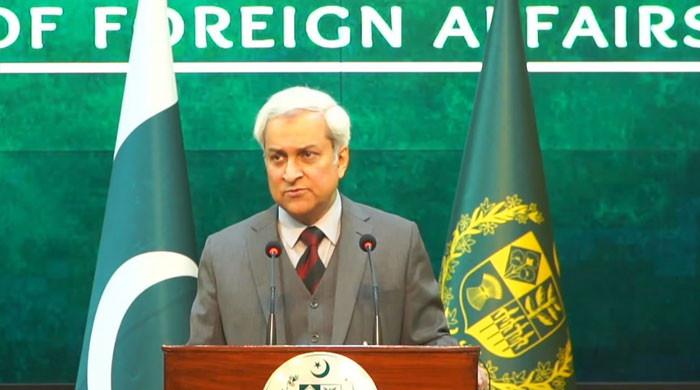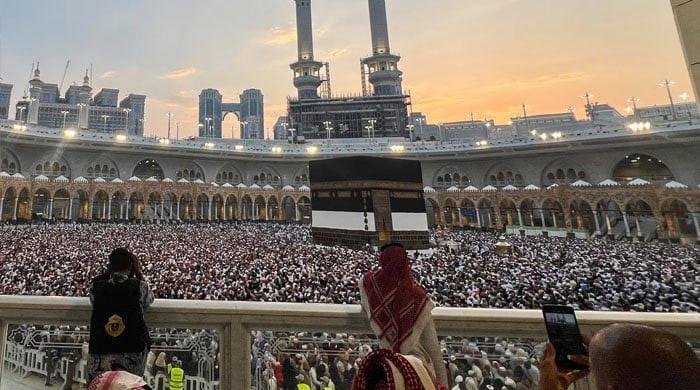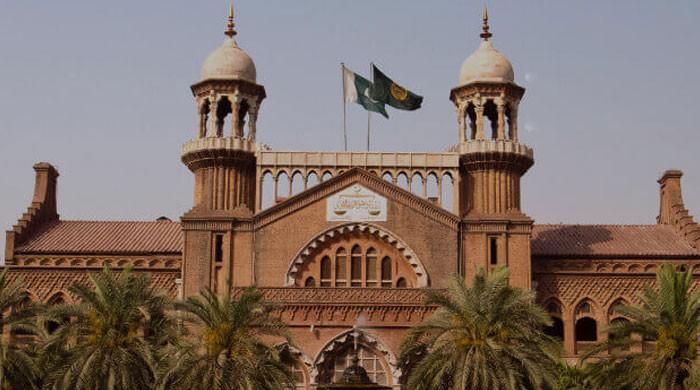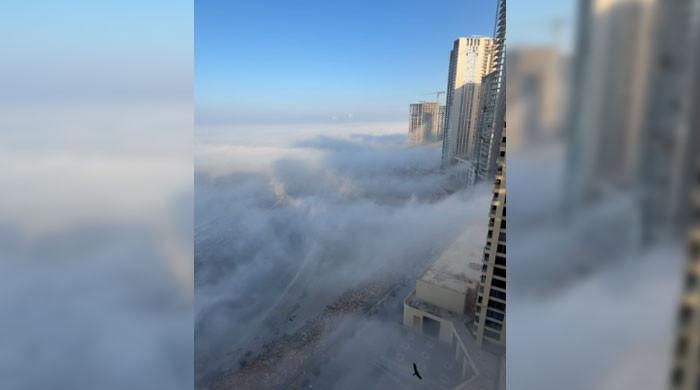Murree: An infinite loop of tragedy and outrage
Murree isn’t the first tragedy but one hopes it is the last
January 11, 2022
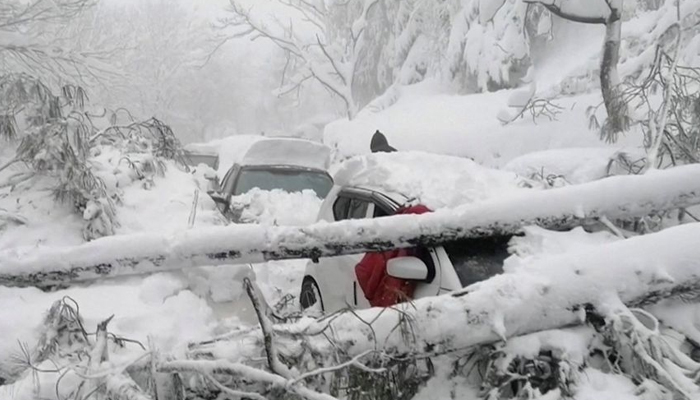
At least twenty-three dead bodies in cars, on their way out of Murree. ‘Januaries’ seem to be particularly brutal.
January 4, 2011: the Salmaan Taseer assassination. January 9, 2018: the dead body of eight-year-old Zainab Ansari was discovered in Kasur. January 13, 2018: the Naqeebullah Mehsud murder and cover-up. January 19, 2019: the Sahiwal murders. January 2, 2021: the Osama Satti murder. And now January 8, 2022.
The fiasco in Murree is more proof that we are ensconced in an infinite loop of tragedy and outrage. Why? Because this country’s elite has mastered the systemic nurturing of tragedy.
What do these very different tragedies all have in common? A little or a lot. But there is one thing that binds them. Each one of these horrors prompted you to feel a certain way. Each one of them provoked a sense of anger, grief, helplessness, rage, and despondency.
What do these very different tragedies have in common, then? They were all preceded by an outrageous tragedy. Something similar had happened before. And something similar will happen again.
These tragedies have little in common except that they prompt a surge of outrage, and that this outrage is all too common itself. It is not extraordinary. It isn’t special for a human being to be sickened by injustice. It is a natural and organic response to injustice.
But repeated injustice and repeated sickness create a certain kind of immunity. Slowly, but absolutely sure, by constantly prompting outrage, and then moving on, the public discourse is training us.
It is training us to be satisfied with our outrage, that it somehow matters, that our leaders’ responsiveness to *this* outrage matters, and that once we have expressed or partaken of this outrage, we can move on. And move on we do. And people keep getting killed or dying. And we keep moving on.
This is why Prime Minister Imran Khan can repeatedly tweet about how “shocked” he is. He can repeatedly announce reforms. He can continue to claim to be a reformer. Because if you prick a man enough times in the same place, he grows less and less sensitive to the pain.
Pakistan is resilient; we’ve been trained to believe ever since scores of our people started getting blown to smithereens by terrorists in the early 2000s. Tragedy has forged this resilience. But you could replace the word resilient with some more accurate descriptions (unmoved would be the kindest of them).
I will eschew using the words I want to, not because I care about the sensitivity of people’s patriotism, but because these words and the debate around them is exactly the kind of distraction that perpetuates the systemic nurturing of tragedy.
Murree happened because the Pakistani elite systemically nurtures these tragedies. The evidence is in everything that happened before the weekend, is playing out as the noise from Murree continues, and will play out after we have all moved on to the next inanity or tragedy, as determined by the second rate talent that decides what matters in Pakistan, and what doesn’t (I will let the reader guess as to whether this is a reference to the media or the people that control the media, and who the people are that actually control the media).
In the week prior to the Saturday tragedy in Murree, weather warnings about sustained rains and snow in the region came from the Pakistan Meteorological Department (PMD). Which ministry is the PMD part of? I’ll come to this in a second.
The National Disaster Management Authority and the Provincial Disaster Management Authority — both set up as an aftermath of the need to coordinate disaster management after the lessons of the 2005 earthquake, and the emergency of the 2010 floods.
The NDMA is the legacy, specifically of the 2005 earthquake, as it subsumed the Federal Relief Commission, which was set up in November 2005, a few days after the earthquake. According to some, the NDMA was administratively under the cabinet division, and later, came under the Ministry of Climate Change.
When I spoke to some officials in the federal government, some were under the impression that it was now under the Aviation Division.
The NDMA is clear that it is part of the PM Office. The Earthquake Reconstruction and Rehabilitation Authority (ERRA) set up to fast track high-level approvals for post-earthquake reconstruction, by bypassing the Planning Commission (much like the CPEC Authority) still exists, with a serving three-star general running it.
The same officer is also chairman of the NDMA. (FYI: there is also a National Disaster Relief Fund, for which Pakistani taxpayers borrowed $200 million from the Asian Development Bank. This is run by a retired (and incredibly distinguished) retired three-star general).
All the money and authority for disaster preparedness that Pakistan has rests at the NDMA, the PDMAs — and some are parked at the NDRF. The authority to signal the alarm rests at the PMD (the Met Office).
The Met Office is under the authority of the Aviation Division. The NDMA is ostensibly under the authority of the PM Office. The NDRF is housed, with dotted lines, at the Planning Commission. When the clouds gather to attack the helpless people of Pakistan, they don’t seek the permission of the competent authority.
When they strike and we seek easy scapegoats, who do we see on the streets? Pakistan Administrative Service (PAS) and Provincial Management Service (PMS) officers at the assistant commissioner level. Police Service of Pakistan (PSP) officers, from the IG all the way down to the sub-inspector. When things get really bad, we see non-commissioned, junior commissioned, and some fully commissioned armed forces officers.
Now the hard questions: who do we blame for the breakdowns and callousness of the ‘elite’ that I love to talk about? The civil servants and idiotic ministerial statements are easy fodder, but are they alone?
Harder questions: Who has the authority to make timely decisions that can prevent the loss of life at the time of tragedy? Is this the authority that rests or is spread across three separate federal government divisions?
Hardest question: What kind of cops does the system in Pakistan protect? And what kind are chewed up and spat out of the system, left to die, or beaten?
We have some names. Safwat Ghayur was left to be martyred. Tahir Dawar’s mystery was never solved. Asmatullah Junejo was nearly beaten to death by thugs that love Imran Khan and Tahirul Qadri. Ali Nekokara was expelled. Rao Anwar? Rao Anwar is an Islamic Republic of Pakistan asset, to be protected at all costs.
Is Pakistani governance destined to fail? Not even slightly. Few, if any countries have handled the Covid-19 crisis with as much sophistication and elan as Pakistan.
The NCOC is also run by officers of the Pakistan Army. Unlike the NDMA, the NDRF, the office of the DC, or AC, or DIG, or SSP, the NCOC has no legal basis. It is a quick and innovative formulation that did not seek even the fig leaf of the cover of the CCI or even the Ministry of Inter-Provincial Coordination. The powers that be in Pakistan knew that it needed to ‘be’, and so it ‘was’. And it worked too.
The Murree tragedy took place in a country that can maintain one of the world’s safest and most sophisticated nuclear weapons stocks, and one that can manage a global pandemic better than some Scandinavian countries. But a four-day surge in rain and flurries in Murree, it is overwhelmed by.
These tragedies are products of choices. The Pakistani elite makes choices every day. Your outrage about the Zainab Ansari rape and murder, or the Sahiwal murders, or Rao Anwar’s impunity is a minor inconvenience to the system. It is not transformational.
The catastrophic breakdown of three systems simultaneously in Murree (the early weather warning system, the traffic management system, and the emergency and medical services system) is not an aberration. All three are already broken.
We only learn about a ‘breakdown’ when bodies start piling up because of an already established and calcified full-spectrum failure of the state.
This is the systemic nurturing of tragedy. It will continue.
The writer is an analyst and commentator.
Originally published in The News




